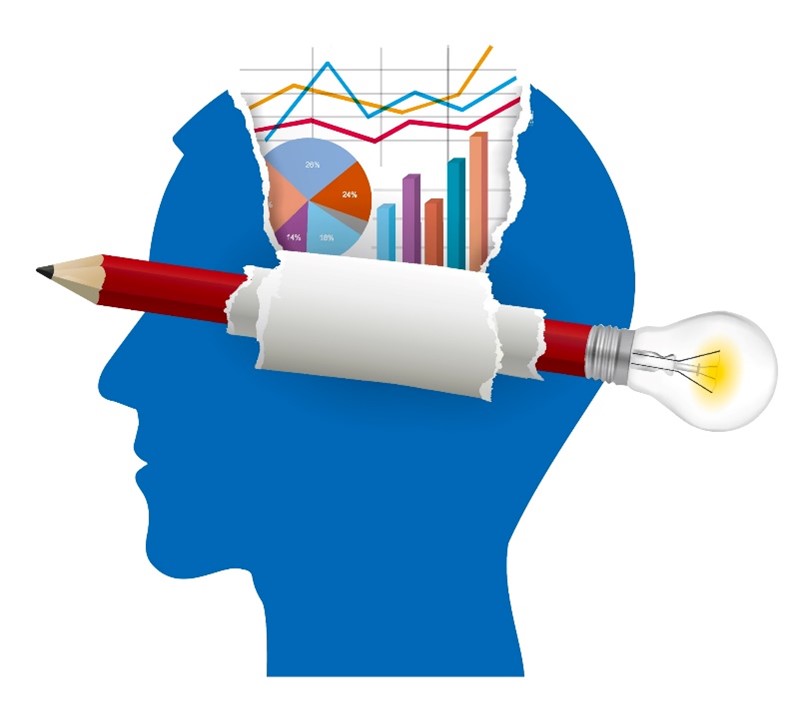Amid mounting apprehensions regarding climate change, dwindling resources, and societal accountability, businesses of all sizes are swiftly acknowledging the significance of embracing sustainability. These practices not only foster innovation and cut costs but allure eco-conscious consumers. In the following article, Chris Nicak delves into the burgeoning trend of sustainability within the corporate realm and its far-reaching implications on economic expansion.

The Rise of Sustainability in Business
Sustainability has transitioned from a niche concept to a mainstream business imperative, driven by a growing awareness of environmental and social issues among consumers, investors, and regulators. Businesses across various industries are embracing sustainability as a core value, integrating environmental, social, and governance considerations into their operations, supply chains, and corporate strategies.
Benefits of Sustainable Practices
The adoption of sustainable practices offers numerous benefits for businesses, including:
- Innovation and Competitive Advantage: Embracing sustainability fosters innovation by encouraging companies to develop new products, services, and business models that minimize environmental impact and address societal needs. Companies that lead in sustainability often gain a competitive advantage, attracting environmentally conscious consumers and investors who prioritize ethical and sustainable brands.
- Cost Reduction and Efficiency: Eco-friendly practices can lead to significant cost savings through improved resource efficiency, waste reduction, and energy conservation. By optimizing processes and adopting renewable energy sources, companies can lower operational expenses and enhance profitability while reducing their environmental footprint.
- Risk Mitigation and Resilience: These initiatives help businesses mitigate risks associated with environmental regulations, supply chain disruptions, and reputational damage. By proactively addressing economic challenges, companies can enhance resilience and adaptability in the face of changing market conditions and regulatory requirements.
- Enhanced Brand Reputation and Customer Loyalty: Demonstrating a commitment to eco-friendliness enhances brand reputation and fosters customer loyalty. Consumers are increasingly seeking out products and services from companies that align with their values and prioritize environmental and social responsibility. By communicating their efforts transparently, businesses can build trust and loyalty among environmentally conscious consumers.
Key Strategies for Adopting Sustainable Practices
To effectively integrate ethical business practices into their operations, businesses can consider the following strategies:

- Setting Clear Sustainability Goals: Establishing measurable sustainability goals and targets is essential for guiding strategic decision-making and tracking progress over time. Companies should define specific objectives related to reducing carbon emissions, conserving resources, promoting diversity and inclusion, and supporting community engagement.
- Investing in Renewable Energy and Green Technologies: Transitioning to renewable energy sources such as solar, wind, and hydroelectric power can significantly reduce a company’s carbon footprint and energy costs. Investing in energy-efficient technologies and practices, such as LED lighting and smart building systems, further enhances resource efficiency and sustainability.
- Implementing Sustainable Supply Chain Practices: Collaborating with suppliers to promote green energy sourcing, ethical labor practices, and responsible production methods is critical for ensuring the integrity of the supply chain. Companies can leverage tools such as life cycle assessments and supplier audits to identify areas for improvement and drive positive change throughout the supply chain.
- Engaging Stakeholders and Building Partnerships: Engaging with stakeholders, including employees, customers, investors, and communities, is essential for building support and momentum around sustainability initiatives. Collaborating with like-minded organizations, industry associations, and non-profit groups can amplify impact and drive collective action toward shared sustainability goals.

Conclusion
Sustainability is no longer just a moral imperative—it is a strategic imperative for businesses seeking long-term success and resilience in a rapidly changing economy. By embracing sustainable practices, companies can drive innovation, reduce costs, mitigate risks, and enhance their brand reputation while contributing to a more sustainable and equitable future for all. As businesses continue to navigate the challenges and opportunities of a changing economy, sustainability will remain a guiding principle for driving positive change and unlocking new opportunities for growth and prosperity.














